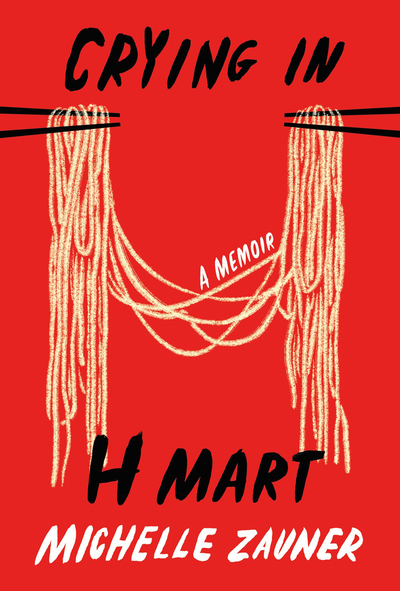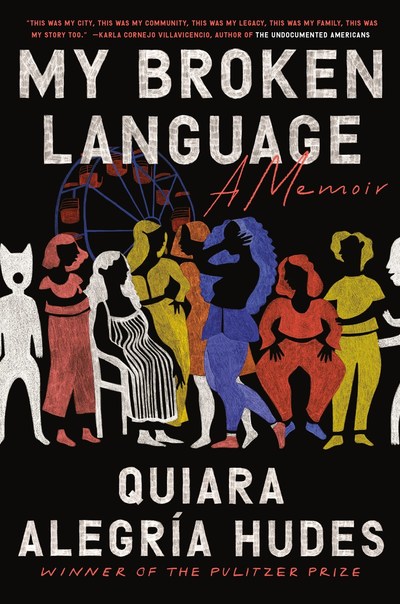Debut author Chloe Shaw traces her own emotional development through the roles dogs have played in her life. There was Easy, whom Shaw’s parents had before they had children. Then there was Agatha 1, the Christmas puppy who, days later, went to the veterinarian and never came home. Her replacement was Agatha 2, whose name hinted at the family’s tendency to plow forward through difficult times. As an only child, Shaw turned to her dogs for entertainment and companionship. She wanted to “be the dog,” to lose herself so deeply in connection with an animal that human problems and obligations fell away.
Shaw was exploring these tendencies in therapy by the time she met Booker, the dog who came along with Matt, the psychoanalyst whom Shaw would marry. Together the couple adopted Safari, who seemed the canine embodiment of Shaw’s anxieties. Booker taught Safari how to be a good dog, and both dogs bonded with the couple’s children.
After Booker’s death, Shaw insisted on adopting Otter. Shaw was the family member who clung to the idea of another dog, so she tried to assume all responsibility for Otter’s care. But raising Otter shows Shaw that she can’t be completely self-sufficient. Otter reminds her that she is human, not canine—and that her humanity is good. “When we open ourselves to the possibility of love,” she writes, “we open ourselves to the possibility of breaking; when we open ourselves to the possibility of breaking, we open ourselves to the possibility of being made whole again.”
What Is a Dog? is a tender memoir that showcases the vulnerable self we often risk revealing only to our pets. The dogs in Shaw’s life show her how to love another being, yes—but that love also leads her deeper into the human experience, flaws, risks and all. Shaw’s sensitive recollection of a lifetime of anxiety and curiosity will invite readers to examine their own insecurities and to find acceptance in the process.



















